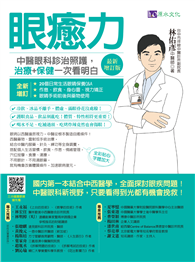Tear gas is a chemical weapon increasingly used by police to disperse demonstrators during riot control operations. It has specific properties that rapidly cause short-term temporary incapacitation. This weapon is falsely characterized by its low toxicity and the reversibility of its effects, since it can cause damage to exposed subjects, leading to complaints before the courts. These complaints give rise to serious problems for medical experts in proving exposure, establishing the causal link and assessing the medico-legal consequences. Recognition of the causal link between exposure to tear gas and the sequelae found is based on verification of the imputability criteria. Verification of these criteria is sometimes difficult, due to the victim’s previous condition, the quality of the initial medical certificate, the simulation of victims and the determination of sequelae in elderly subjects.
| FindBook |
|
有 1 項符合
Bellali的圖書 |
 |
$ 2695 | Tear gas
作者:Bellali 出版社:Our Knowledge Publishing 出版日期:2024-09-24 語言:英文 規格:平裝 / 52頁 / 22.86 x 15.24 x 0.3 cm / 普通級/ 初版  看圖書介紹 看圖書介紹
|
|
|
圖書介紹 - 資料來源:博客來 評分:
|











